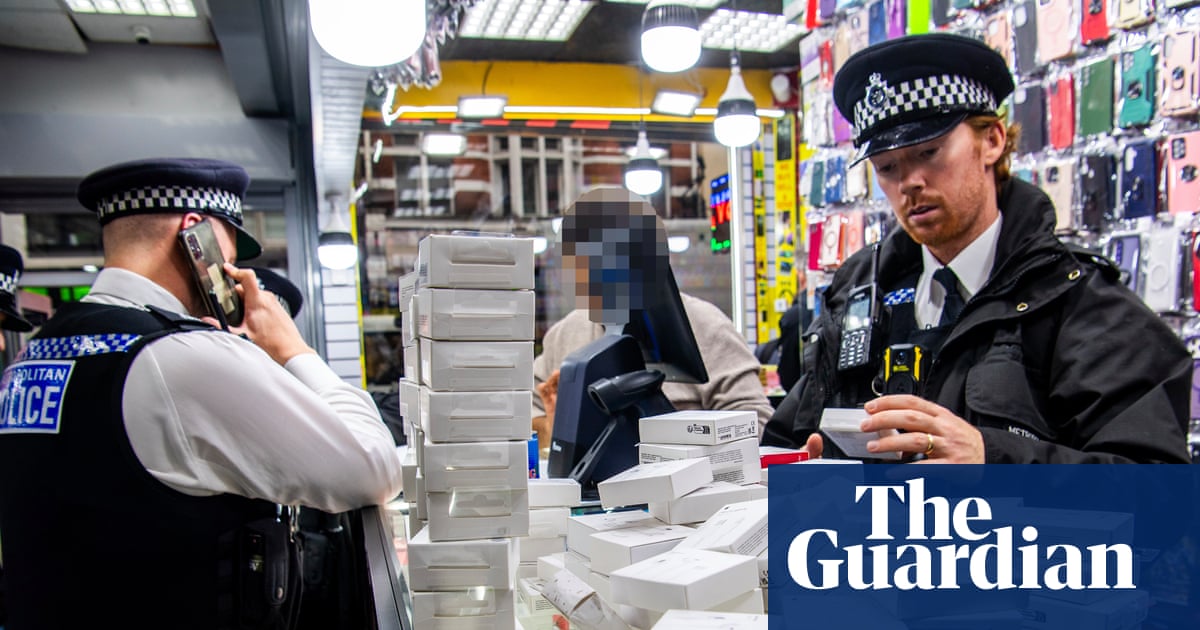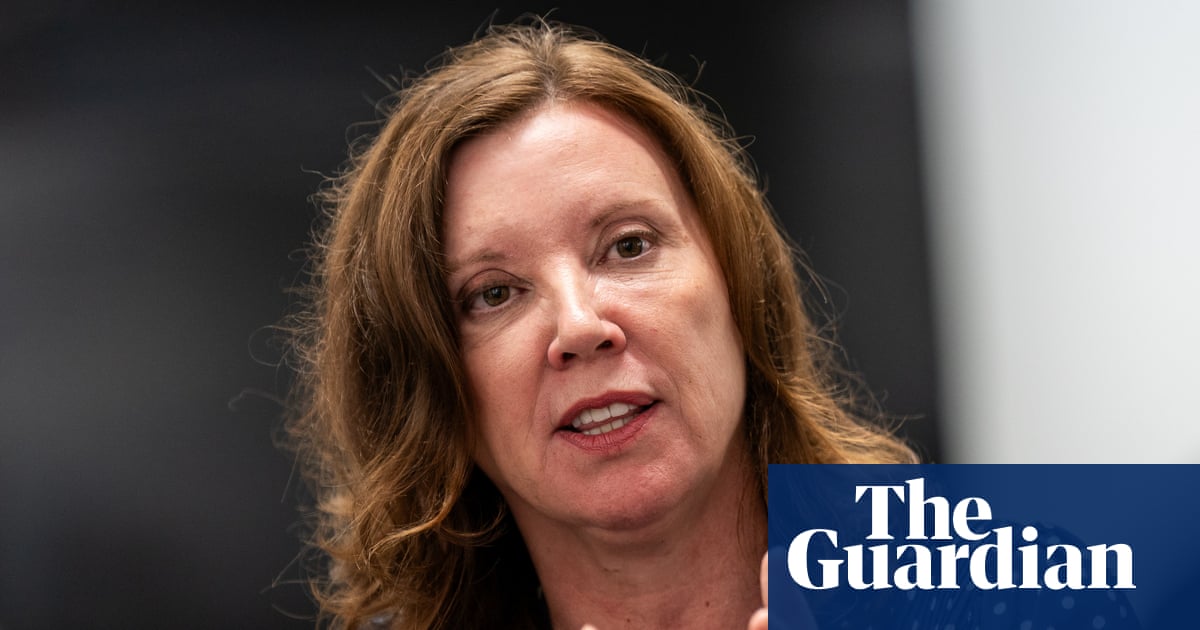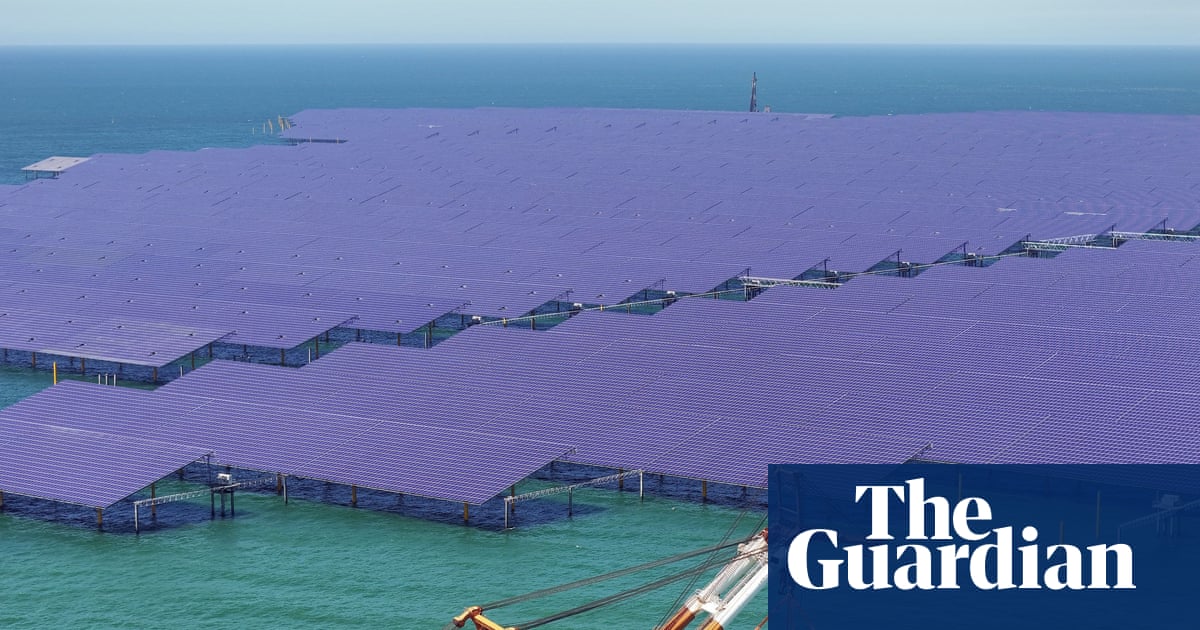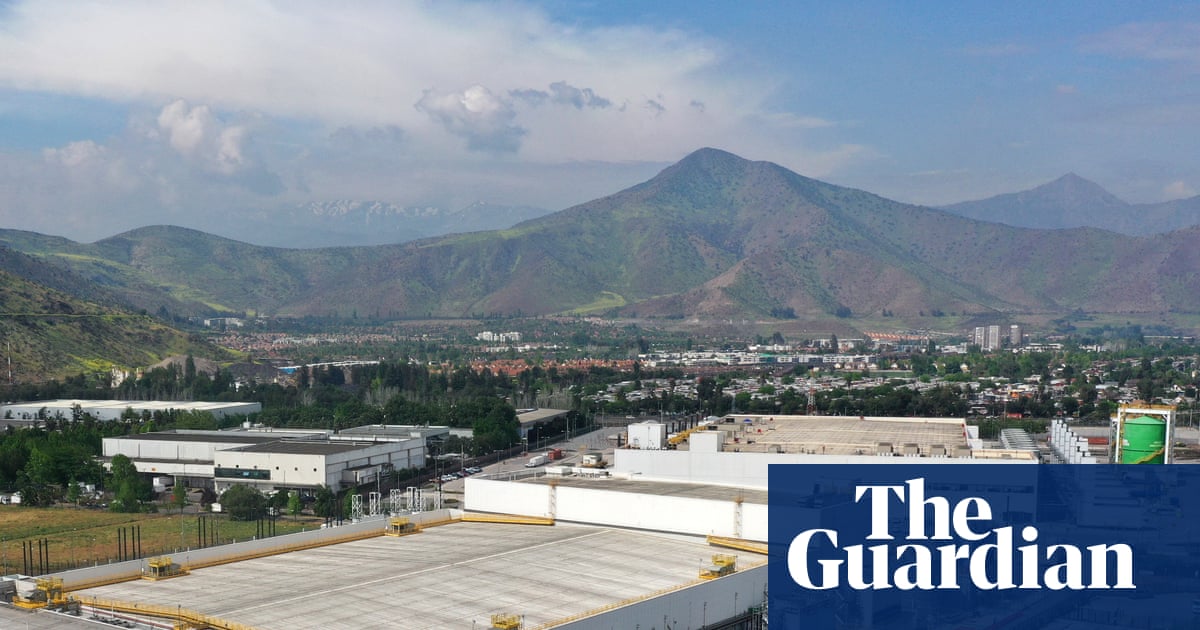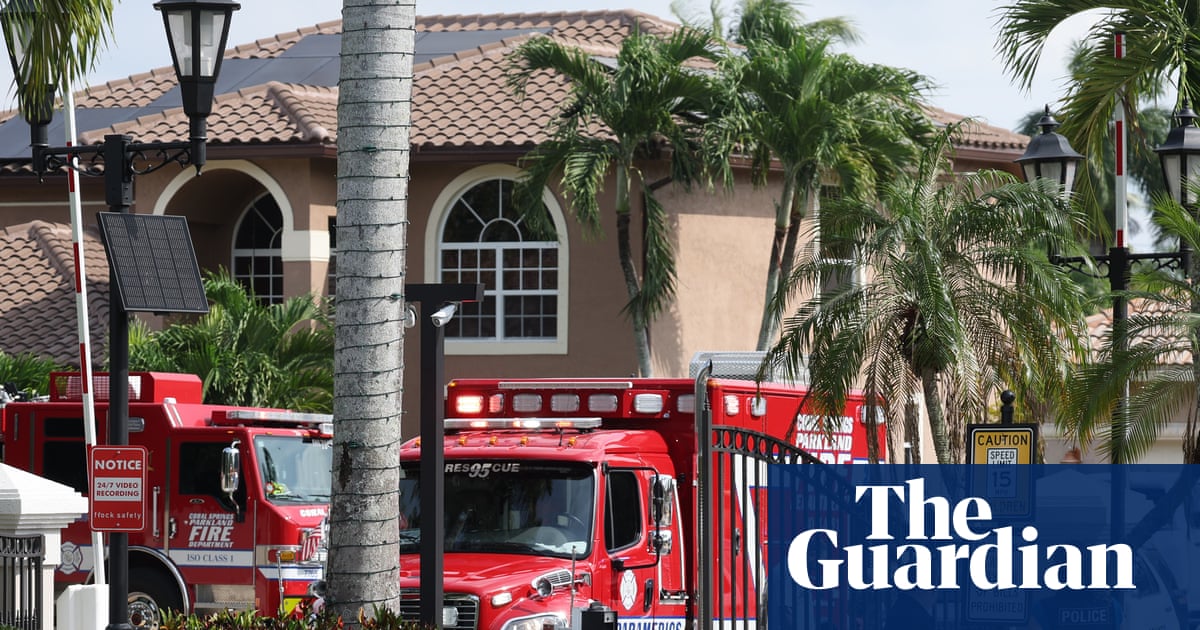Almost 1.5m new homes could be built on brownfield sites in England to avoid encroaching on green belt and meet the government target for housing growth by the end of this parliament, new figures suggest.
But despite the scale of brownfield land available, developers are pushing to build on green land, including increased housebuilding on and adjacent to areas of outstanding natural beauty.
More than half of the brownfield areas – 54% – have planning permission already and are considered deliverable under the national planning policy framework guidelines within five years. These provide shovel-ready sites for 790,000 properties – more than half of the government’s 1.5m target.
The countryside charity CPRE, which obtained the figures from councils all over England, is calling for the government to enforce its brownfield-first approach in order to fulfil the target of 1.5m new homes by the end of this parliament in the face of increasing development on green land.
Roger Mortlock, the chief executive officer of the CPRE, said: “If the government is serious about a brownfield-first approach, it needs more teeth … We know that large developers favour building on our countryside, with more identikit, car-dependent executive homes being needlessly built on our countryside.”
Analysis of the 2023 and 2024 brownfield registers kept by local authorities across England reveals the number of sites available has risen by 16% in the 12 months to 2024.
There are 30,257 sites available, covering 32,884 hectares (81,223 acres) that local councils have identified as suitable for 1.49m dwellings, the data shows.
Brownfield sites are a constantly renewing resource, the CPRE says. They include former retail areas in town centres, abandoned factories and redundant commercial buildings.
Across England, from the south-west, through London to the Midlands and the north, this means there are enough brownfield areas to build the 1.5m new homes the government is promising without encroaching on green belt or precious natural landscapes.
The data appears to contradict statements made by the prime minister, Keir Starmer, who has claimed it is impossible to build 1.5m new homes on brownfield land. “We must be honest, we cannot build the homes Britain needs without also releasing some land currently classed as green belt,” he said.
Developers appear to be exploiting the failure by this government and previous administrations to mandate a brownfield-first approach.
Between 2021 and 2022, 46% of development took place on green belt, or green sites, unnecessarily bulldozing nature and ecosystems, the CPRE said. New developments in the countryside were being built all the time, they added.
“A new approach to local housing numbers has massively increased the target in many rural areas without any evidence of local need and without the infrastructure to support new communities,” said Mortlock. As well as damaging nature, the developments were not sustainable, he said, as they had no transport or community infrastructure, forcing people into their cars.
Brownfield sites are available in the key areas where the government is focusing its housebuilding growth. These include London, where there are enough brownfield sites to build 535,000 homes; the south-east, where there are sufficient areas for 190,814 homes; and the West Midlands, where brownfield sites exist to build 191,004 homes.
The CPRE says the government should apply ambitious and enforceable targets for affordable and social homes on shovel-ready brownfield sites.
The new figures come as ministers are finalising the new planning and infrastructure bill, which rolls back environmental laws in what the government says is a ripping up of red tape to speed up approvals.
Despite some amendments, the bill is still considered a regression of environmental rules by the government’s own environmental watchdog, the Office for Environmental Protection.
The Home Builders Federation said: “Not all brownfield land is viable for development, with many sites facing a range of complex challenges. Suitability depends on the land’s ownership, remediation requirements, location, accessibility and attractiveness to potential residents.
“Many will be sites that are attractive to retail or other commercial developers who, by not being subject to the taxes and requirements placed on residential developers, can often bid more for land.”
The government was approached for comment.

 1 month ago
31
1 month ago
31

